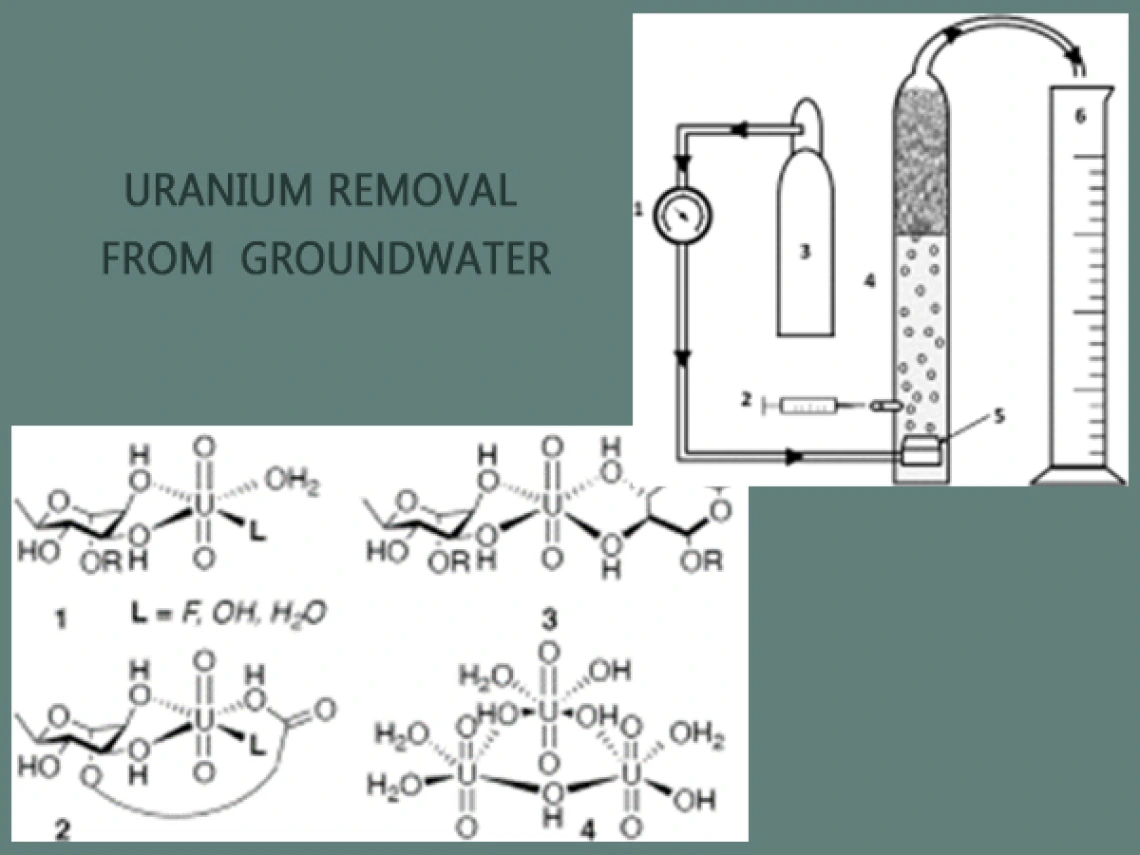New Technique Yields Promising Results for Uranium Removal in the Field

A technology developed by NIEHS-funded Superfund Research Program (SRP) researchers may remove uranium and other heavy metals from groundwater near abandoned mines. Small business GlycoSurf, LLC worked with partners at the University of Arizona SRP Center to determine the best environmental conditions for effectively removing uranium from contaminated water.
The team leveraged a common process, called ion flotation, in which a surfactant attracts metal ions that are carried to the surface of the solution by air bubbles. They are then concentrated into a small volume of foam that can be disposed of or regenerated into another product. Their proprietary green rhamnolipid surfactants can selectively bind to uranium during ion flotation, but those surfactants had not been tested previously under realistic environmental conditions. GlycoSurf’s specialized green surfactants are produced synthetically and have similar properties to rhamnolipids made from biological organisms. In both cases, the materials are made using sustainable production methods, can biodegrade, can be recycled, and have low toxicity.
Although their technology failed to remove uranium at the natural pH level, it was successful when conditions were appropriately adjusted. According to the authors, synthetic rhamnolipids can effectively remove uranium via ion flotation for acidic solutions and will be most successful when water chemistry and other conditions at specific sites are considered.
To learn more, please refer to the NIEHS Research Brief about this research or the following source:
- Hogan DE, Stolley RM, Boxley C, Amistadi MK and Maier RM. 2022. Removal of uranium from contaminated groundwater using monorhamnolipids and ion flotation. J. Environ. Manage. 301: 7 doi:10.1016/j.jenvman.2021.113835 PMID:34600421

